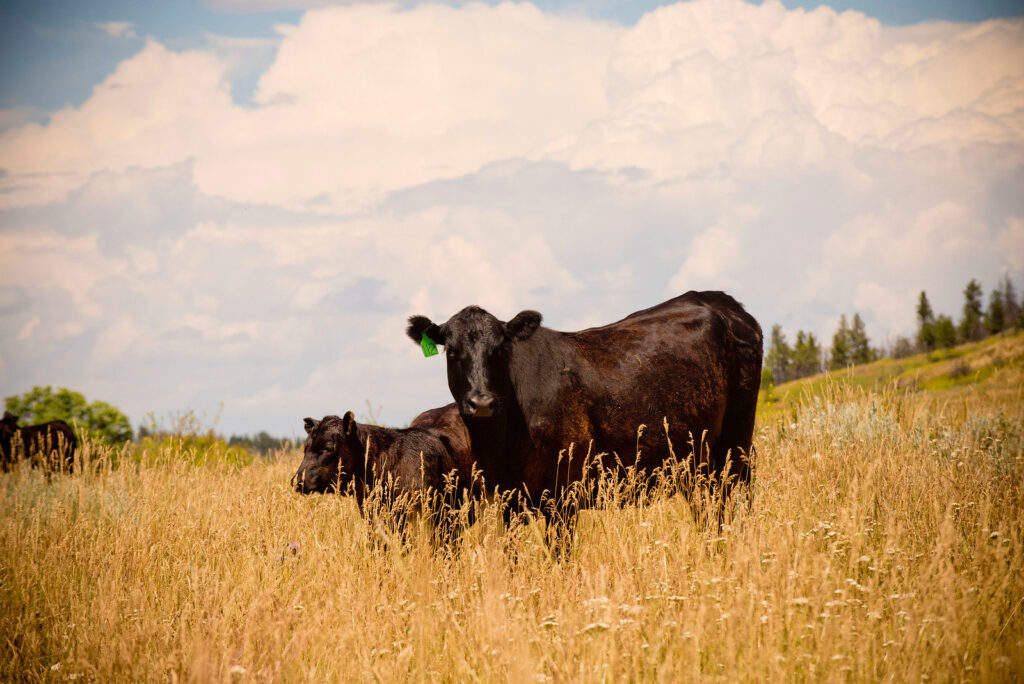
A petition submitted to the Department of Agriculture and the Forest Service to take regulatory action that would facilitate markets for voluntary conservation on federal grazing lands.
Introduction
PERC requests that the Forest Service revise its grazing rules to give permittees needed flexibility to manage their operations in response to changing climate, resource, and economic conditions and to work with conservation groups to establish incentives for stewardship efforts. Doing so would reduce conflict over the grazing program, expand opportunities for collaboration between permittees and environmentalists, and advance the Biden Administration’s and Department of Agriculture’s conservation goals. Without prompt action, differences between ranching and conservation interests will continue to be largely fought out through lose-lose legal and political conflict.
Current Forest Service grazing regulations significantly hamper permittee flexibility and restrict markets for voluntary conservation. The agency’s “substantial use” rules require permittees to graze 90% or more of the livestock authorized under a permit. Other rules impose overly strict on/off dates and livestock-ownership requirements. These rules penalize livestock owners who modify their grazing practices for conservation, financial, or other reasons. They also effectively bar permittees from participating in programs that compensate them for adjusting grazing practices to produce conservation benefits, such as carbon sequestration markets. Instead, this “use it or lose it” policy encourages negative-sum litigation and political conflict.
On private land, similar conflicts can be—and often are—resolved through collaboration and voluntary means. For instance, PERC and the Greater Yellowstone Coalition recently partnered with a rancher in Paradise Valley, MT, on an “elk occupancy agreement” under which the conservation groups compensated the landowner for managing 500 acres as elk winter range habitat. But “use it or lose it” rules forbid that same agreement being implemented on neighboring Forest Service land. Other conservation groups have set up grass banks, providing lower-cost grazing opportunities to ranchers in exchange for adopting desired conservation practices. This option, too, is foreclosed on Forest Service land since a conservation group could not hold a grazing permit or make forage available for livestock owned by neighboring ranchers. The Department itself participates in this market, compensating private landowners for their conservation under the Conservation Reserve Program and other programs. These are only a few examples of the near-infinite variety of innovative conservation solutions that have been developed and implemented on private land but are blocked on public land.
Conservation markets also help livestock owners diversify their income, a critical need considering rising land values and challenging economic conditions. Throughout the west, many ranchers participate in conservation incentive programs that reward them for conserving open space, supporting wildlife, sequestering carbon, and stewarding other environmental values. For these reasons, the ranching industry identifies support for voluntary conservation as one of its top policy priorities. On Forest Service lands, however, the “use it or lose it” policy ensures that conservation comes at the cost of ranching, rather than being a source of opportunity.
Rescinding these rules and allowing markets to reward stewardship would produce precisely the sort of collaborative, voluntary, and locally-driven conservation that the Biden Administration has made the centerpiece of its America the Beautiful initiative and that the Department of Agriculture has championed in its work. As Robert Bonnie, Undersecretary of Agriculture for Farm Production and Conservation, recently observed, successful conservation is done “with” people, “not to them.”
To advance the Administration’s conservation vision, the Department and the Forest Service should rescind “use it or lose it” policies and allow conservation on federal grazing lands to be done with permittees, rather than to them through litigation and regulation. Addressing these barriers to voluntary conservation and collaboration between permittees and conservation interests would promote innovation and defuse conflict over federal grazing lands. The Department and the Service should take prompt action to implement the requested reforms.



